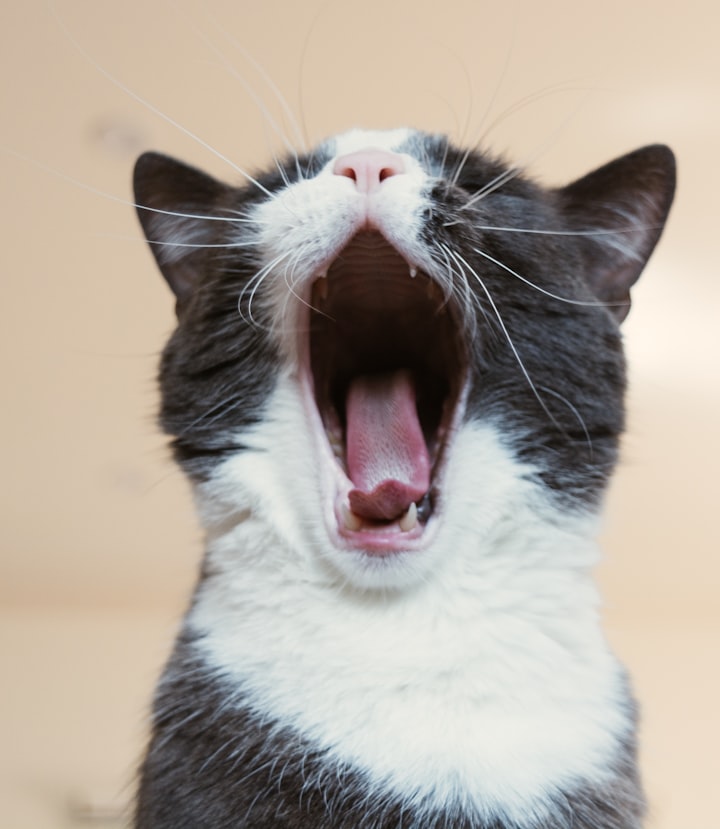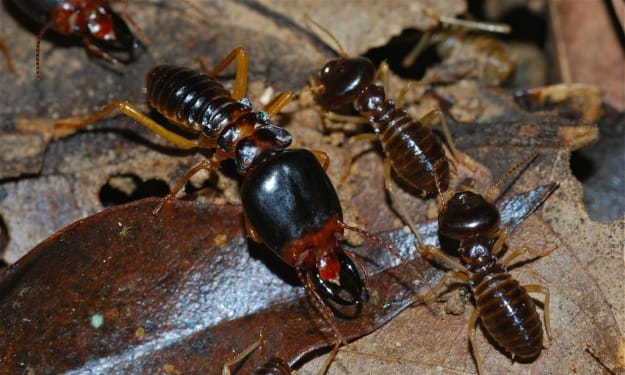Pigeons
Why Cities Have So Many Pigeons

Pigeons.
Some people love them.
Other people, not so much.
But whatever your stance may be,
if you live in a city, you have to deal with them.
While pigeons are clearly at home
in American cities like New York,
they're actually native to seaside cliffs
halfway around the world,
in North Africa, the Middle East, and Europe,
where we domesticated them 5,000 years ago.
At first, we farmed them for a source of protein,
like chicken.
Then we bred them as messengers.
In the 8th century BC, for example,
the Greeks used pigeons to send results
from the Olympic Games to nearby towns.
And by the 16th century,
pigeons had reached the ultimate peak.
Hobbyists began breeding the birds for show.
Akbar the Great, for example,
reportedly had 10,000 show pigeons
in his personal collection.
Suffice it to say,
humans and pigeons were inextricably linked.
And that's why Europeans who migrated to North America
in the 1600s brought some of these birds with them.
cities are essentially tailor-made for these birds.
For one, pigeons can thrive on human food,
unlike, say, robins or cardinals.
But it's not just our leftovers
they're noshing on.
We also feed them.
As a result,
pigeons spend a lot less time searching for food
and a lot more time breeding,
which they can actually do without trees.
In their native range, pigeons nest on rocky seaside cliffs.
But there's another reason
why pigeons are so successful in cities.
They're incredible navigators.
Some of these birds can find their way home
from nearly 1,000 kilometers away.
And those navigation skills serve them well
in a complex cityscape.
That is likely linked to their ability
to find food within the city
and know where food sources previously were
and go and check in those food sources.
So how many pigeons live in cities anyway?
In New York there's an adage: One pigeon for every person.
That would be more than 8 million birds.
And whether or not that's true,
urbanites have decided on one thing:
The city isn't large enough for the both of them.
In 2003, for example,
things got so bad in New York's Bryant Park
that a professional falconer was hired to scare them away.
And it's not just American cities.
In Bangkok for example, officials have considered
imposing jail time for people who feed the birds.
But here's the thing:
As long as we have thriving cities,
pigeons will live in them.
In fact, the only thing
that might control their populations,
aside from cleaning up,
is natural predators.
For a long time, pigeons didn't have
natural predators within cities.
That's thanks in part to the insecticide DDT,
which Americans started using in the 1940s.
The use of DDT made eggshells very thin
and decreased the population of raptors such as
peregrine falcons and Cooper's hawks and red-tailed hawks.
But in 1972,
the Environmental Protection Agency banned DDT,
and as a result,
Those predators are now
moving back into the city.
And with so much to eat,
they probably won't be leaving anytime soon.





Comments
Leighton Green is not accepting comments at the moment
Want to show your support? Send them a one-off tip.